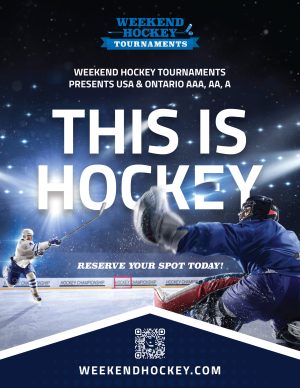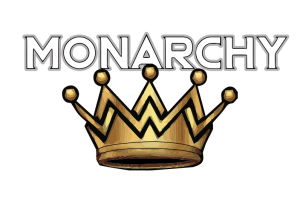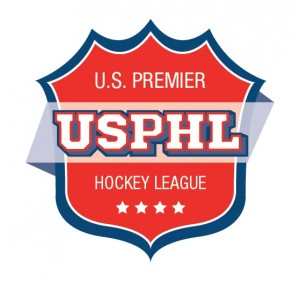CAHA’s concussion protocols aim to educate

Concussions are one of the biggest concerns facing both amateur and professional hockey teams and organizations alike.
The California Amateur Hockey Association (CAHA) is taking the issue seriously.
While concussion protocol has been in place within CAHA since 2012, the organization continues to grow and refine its strategy on dealing with the issue in the hopes of mitigating the effects of head injuries among youth hockey players.
Chris Hathaway, a board member for CAHA and president of the California Cougars organization in Cupertino, says it’s important to constantly monitor concussion awareness throughout CAHA by training and educating players, parents and coaches so that all parties are on the same page.
“Our training within CAHA is a lot more stringent than what USA Hockey mandates,” said Hathaway. “We frequently lead the country in education and awareness, but when it comes to concussions, coaches aren’t doctors.
“We take all the measures we can to ensure kids are assessed properly, but it’s still up to all of us – coaches and parents – to make sure kids are monitored for symptoms, both at the rink and away from it as well.”
Part of what makes concussions so difficult to diagnose is that symptoms vary from person to person. While some may exhibit effects immediately, for others it can take up to 48 hours for players or parents to realize that something might be wrong.
“I’ve seen it happen so many times where a kid is fine eight or nine hours after the game, and then I find out 24 or 48 hours later that they started vomiting and were completely out of it,” said Hathaway. “That’s the scariest part for me – the fact it can take until that long after the incident for symptoms to show up. I think that part of it gets overlooked a lot.
“Ultimately, nobody knows these kids better than their parents. Because concussion symptoms don’t always show right away, it’s important they’re are paying attention to how their kids are responding away from the rink.”
Steps are being taken across all levels of hockey to try to identify and correctly assess potential concussions. In September, the NHL announced it’ll be introducing independent “concussion spotters” for the 2015 season. Those individuals will be used to monitor each team’s players as a way to increase documentation of potential head injuries in a process similar to what already exists in the NFL.
Meanwhile, CAHA has begun to implement a system of baseline testing for players over 12 years of age so that, in the event of a head injury, there’s at least some data that can serve as a barometer for how bad the injury is, or how quickly the player is recovering.
It’s a novel concept for parents and coaches who grew up in an era of going back onto the ice after “getting your bell rung,” says Hathaway, but he’s adamant this kind of testing will play a pivotal role in CAHA’s concussion strategy moving forward.
“I’ve played hockey and rugby my whole life – long before there was any sort of concussion awareness or protocols at all,” said Hathaway. “Can you imagine how many concussions I’ve had? There wasn’t anything like baseline testing back then.
“It’s really caught on here to get all kids over 12 baseline tested at the beginning of the season. If something happens during the season and they suffer any sort of head trauma, they won’t be cleared to return until they return to the levels they were at prior to the injury.
“This testing has saved – and will continue to save – a lot of kids from re-injuring themselves, or worse.
“What we’re doing at it relates to concussion awareness is not only vital to the future of our game, but most importantly the safety and well-being of our kids.”
For more information on concussion protocols within CAHA, visit CAHA.com or contact Jaime Campbell with the Concussion Committee at CAHAJaime@gmail.com.
– John B. Spigott










